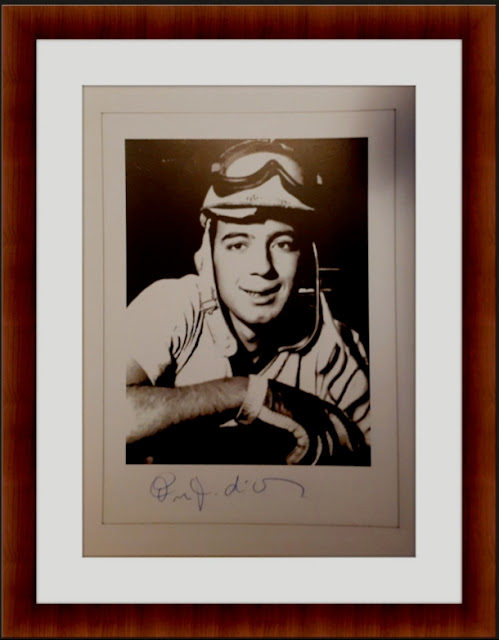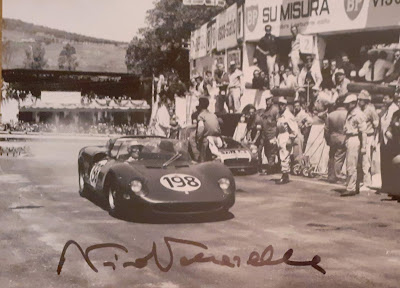 Papin achieved his greatest success while playing for Marseille between 1986 and 1992. He later played for A.C. Milan,FC Bayern Munich, Bordeaux, Guingamp, JS Saint-Pierroise and US Cap-Ferret. Papin also played 54 times for the French national team.
After a short time as manager of French clubs, he joined the local
amateur club AS Facture-Biganos Boïen as a player in 2009, aged 45.
Papin achieved his greatest success while playing for Marseille between 1986 and 1992. He later played for A.C. Milan,FC Bayern Munich, Bordeaux, Guingamp, JS Saint-Pierroise and US Cap-Ferret. Papin also played 54 times for the French national team.
After a short time as manager of French clubs, he joined the local
amateur club AS Facture-Biganos Boïen as a player in 2009, aged 45.
Papin was known for his goalscoring, striking ability, and volleys, which his fans nicknamed Papinades in his honour.[2]
In 1996, after their eight-month-old daughter Emily was shown to have serious cerebral lesions, Jean-Pierre and his wife, Florence, set up an association "Neuf de Coeur" (Nine of Hearts; Papin's shirt number was 9) to help others in that situation and, particularly, to find and apply methods to mentally and physically educate such children.
In a 17-year career in many of Europe's biggest leagues, he scored nearly 350 goals in over 620 matches.
At age 15, Papin started his professional career with Valenciennes, in Northern France, before moving to Club Brugge in Belgium[4].
 Papin had a very successful first season at Club Brugge, scoring
32 goals in 43 games. Although he only played one season for Club
Brugge, he was elected as its greatest ever foreign player by the
supporters in 2008[5].
Papin had a very successful first season at Club Brugge, scoring
32 goals in 43 games. Although he only played one season for Club
Brugge, he was elected as its greatest ever foreign player by the
supporters in 2008[5].
At club level, he played for Valenciennes (1984–1985), Club Brugge (1985–1986), Olympique Marseille (1986–1992), A.C. Milan (1992–1994), FC Bayern Munich (1994–1996), Bordeaux (1996–1998), Guingamp (1998–1999) and Saint-Pierroise (1999–2001).
Papin scored 30 goals for France in 54 matches[13].
Papin earned his first cap in a friendly match against Northern Ireland in February 1986[14] and appeared at the 1986 World Cup. He scored twice in four games: first during France opening game against Canada (1-0) and then during France's victory against Belgium (4-2), helping France finish third[15].
While Papin scored an impressive number of goals during his nine-year international career[4], his record for France is a mixed one. Papin was part of the "cursed generation"[16] of French players that came between the Platini era of the 80's and the 1998 world champions boasting the likes of Zidane, Thuram and Henry. Despite some talented players, the French national team failed to qualify for the 1988 European Championship and for 1990 and 1994 World Cups[17] – the latter after two humiliating defeats on home soil against Israel and Bulgaria.
The French team did manage to qualify for the Euro 1992 in Sweden, with Papin scoring 9 goals during the qualifying round. However, France fared disappointingly in the final competition and did not make it past the group stage, despite Papin scoring twice[18].
His last game for the national team was in 1995.












